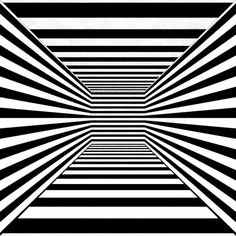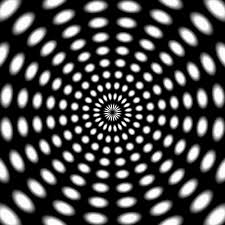|
LITR 4368 Literature of the Future |
Sample answers
for Essay 1:
|
 |
Abel Hernandez
Last Traces of Humanity
It
would seem that as we advance along the years humanity is getting less in touch
with nature and more in tune with high tech. At the same time some people wish
to return to a low tech environment where they can take advantage of nature
itself. In the literature this was a constant battle between low tech remains of
humanity and a high tech future where human nature is becoming obsolete. Will
our quest for knowledge be the end of civilization as we press that fix all
button? Whatever the case may be the future seems grim but science fiction does
offer some hope even in the aftermath of an apocalyptic scenario. In this paper
then I will seek examples of high tech futures and the longing for human nature.
The
first narrative that I will examine for this paper is
The Onion and I by Thomas Fox
Averill. The onion in this story is the motif that connects people back to
nature. Even if the family was living in the virtual world it still had no
comparison to the real thing. This is made evident by the father whom never
quite adjusts to the Bidwell Project and their attempts to, “mimic the
randomness of the genetic world” (Averill 17). The father expresses further
discontent for the cyber world as he explains to his son how, “A real onion can
make you cry” and a cyber one cannot (Averill 15). Still even if people longed
for nature it did not mean it could not be embraced in the new world. This is
evident in how the father and son attempt to make a more “real” cyber onion.
The
next narrative worth a look is Drapes and
Folds by Audrey Ferber. This story has elements of a totalitarian regime who
decides what people will eat and ultimately what they will wear. And it’s made
evident that, “The Powers saw sumptuous clothing and fabric as part of the
anarchic individualism” (Ferber 127). Pearl however is fighting this total human
takeover and “DE-FABRICCATION” as it was called by the Powers (Ferber 132). The
basic idea here is to have everyone look the same and have no identifying
symbols and in effect strip humans of all creativity. For Pearl this was the
last straw as she looked around the room for a way to kill herself. Luckily
however Xera hid a piece of fabric from the monitors and Pearl could once more
have hope that all was not lost for humanity in this high tech world. Again here
as we can see this story offers fabric as a symbol for human identity and the
separation from mere faceless autonomous machines.
The
next text up for an examination is The
Logical Legend of Heliopause and Cyberfiddle by Richard Goldstein. Pryer the
main character in this half machine half cyber world finds a manual on how to
make a violin. And even the manual is something of marvels since that is,
“something that has not been seen in a real space in megacycles, which is to say
a book” (Goldstein 165). Pryer thus decides that he will honor the old craft and
make a violin. His lackluster companions wondered why he wanted this since such
a thing existed in the cyber world and sounded much better. In the end the
violin is built with wood from the outside world. This future is very high tech
as well since it appears that what remains of humans live in an immobile state
in the cyber world. Much is not known about the rest of humanity who lives
outside of Warren Beatty only that they don’t live very long. The apparent thing
in this quasi utopia is the dissatisfaction by Pryer and the total un-real
aspect of everything. Pryer found joy in building this ancient instrument by
hand and even learned to play it as he sat alone being the last Bummer.
For
the most part people in today’s society stay inside their homes playing games on
or watching a show on Netflix. In essence then the realization here is what
these authors feared with the advent of technology. Humans are becoming less
human as the years come and go. People used to speak to one another before the
smart phone craze and now everyone awkwardly sits hunched over texting away.
Meanwhile people have lost the human aspect of socializing and wanting to help
each other. Instead people are out for themselves and seldom care about the
human right beside them. Case in point no matter how advanced we claim to be we
are still humans to the core and will seek out notions of nature in our lives.
Thus the futures I would like to read more about are the ones in which human
culture continues to persevere even if others detail certain doom. Technology
will advance whether people want it to or not and what should be kept in mind is
our humanity. And as Fariha Khalil points out, “Our connections should be
contained to real actual living beings” and not unreal things. (2015 Final).




